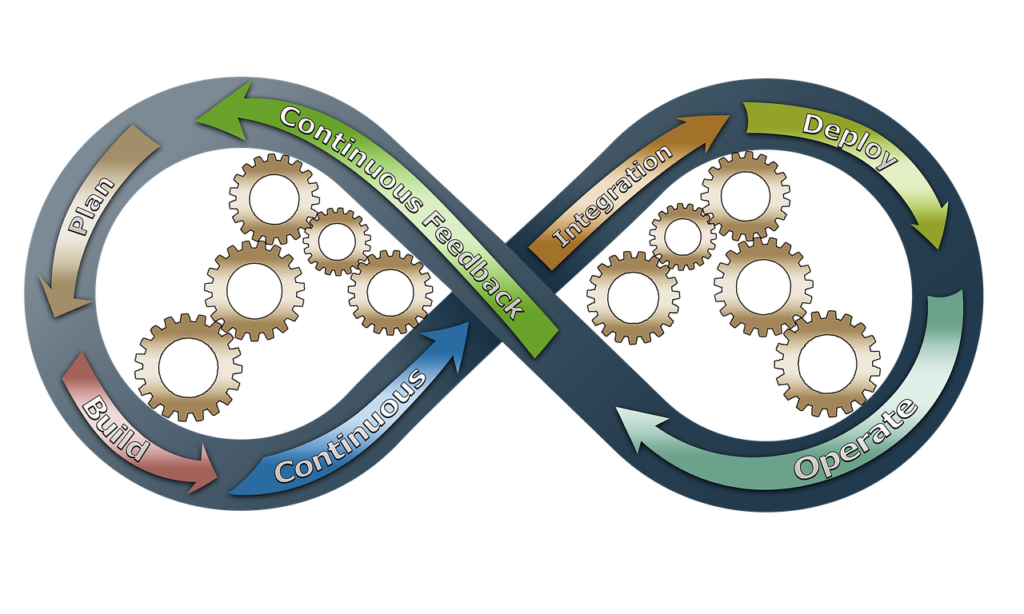Show:
Agile Project Management for Software Development – 5 Benefits
Agile project management is an entire set of iterative, incremental practices to maintain control while keeping up with the insane rate of change project managers often have to deal with. Agile project management includes several different methodologies. The most popular are scrum, Kanban, and XP. Agile management is commonly used in software development, though few understand the reasons why. But if you need to manage a software development team and haven’t gone Agile yet, you’re cheating yourself out of a competitive advantage. Here are four benefits of agile project management for software development.

1. It Keeps Up with Changing Requirements
Software and hardware are constantly evolving. Agile software development allows you to keep up with changing software requirements as well as address the needs of the customer. You also get fewer change requests because agile frameworks encourage user involvement from the very beginning. Yet you can easily adapt when requirements do change.
Agile software development originally appeared to handle brand new software product development. According to Kanbanize, a leading provider of Kanban software, agile methodology arose when there was a lag of three years between the business need for a software application and the time it took to hit the market. They also mentioned that it started at a single meeting in 2001, eventually resulting in the Agile Manifesto. However, the multiple benefits of agile methodology such as flexibility, transparency, and productivity, resulted in it being adopted by other industries.
2. Agile Project Management Mitigates Risk
Agile project management has planning at every stage of the project. You’re determining what brings value to the business at the very start, so you don’t waste time and resources on something that doesn’t help the customer or the organization.
And you’re ensuring that everyone and everything is fully utilized, improving productivity. Because everyone is working on important tasks that are clearly outlined and then maintained, no one wastes resources working on tasks that aren’t value-adding. All of this reduces risks related to development from sunk costs on a project that may not turn a profit to wasting talent you could put to use elsewhere.
One benefit of agile management is that rapid product development gives you a minimally viable product as quickly as possible. This allows you to get a new software product to market or a new feature into your flagship product fast.
3. It Simplifies Project Management
A side benefit of agile product development model is that it forces companies to keep sprint lengths and team assignments the same during each project stage. You then know the cost of every project and can more quickly calculate the ROI for each proposed change. You can accurately predict budgets and timelines for proposed changes, and you can schedule releases and product backlog more easily.
4. Agile Project Management Results in Higher Quality
Agile is a standard methodology in software development because it results in higher quality software products. This is because it mandates thorough testing during the development process, and you bring in the customer or their representative to do it.
You’re ensuring that the product does what customers need it to do and acts the way they want it to when it is easier to correct. You find problems earlier, and that makes it a simpler fix. Agile software development incentivizes the use of automated testing tools and their repeated use throughout the software development process. This rigorous testing is repeated during iterative software releases.
You already know that the prior baseline product is solid, so there is less testing required. But you repeat the thorough tests before declaring the new release to be good, minimizing the odds of your new software release introducing new problems.
5. Faster ROI With Agile Project Management
The fact that Agile methodologies are iterative means that you’re able to deliver features incrementally, which then allows you to get benefits earlier while products are in development. This also means that working on the actual development of a product starts early.
It can take only a few iterations for a product to be considered ready for market. And with Agile, new features can be added continually and rearranged in order of importance. Bugs can be fixed, and patches rolled out without skipping a beat.
The great thing about Agile is that you can react to client feedback faster and come up with solutions fast. This is something that will be viewed as a great thing by users and a sign that you take their concerns seriously and are ready to act on them.
Delivery cycles are also shortened with Agile, which is essential if you’re in a fast-moving sector. This also allows you to get a first-mover advantage in some cases.
Conclusion
Agile is a flexible approach to delivering projects in an ever-changing world. Agile project management balances the need for speed with traditional business needs like financial planning and resource management. To be able to manage your projects, you might be interested in finding the best project management software to use in your endeavors.

 Return to Previous Page
Return to Previous Page








